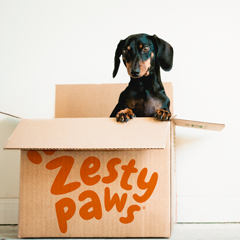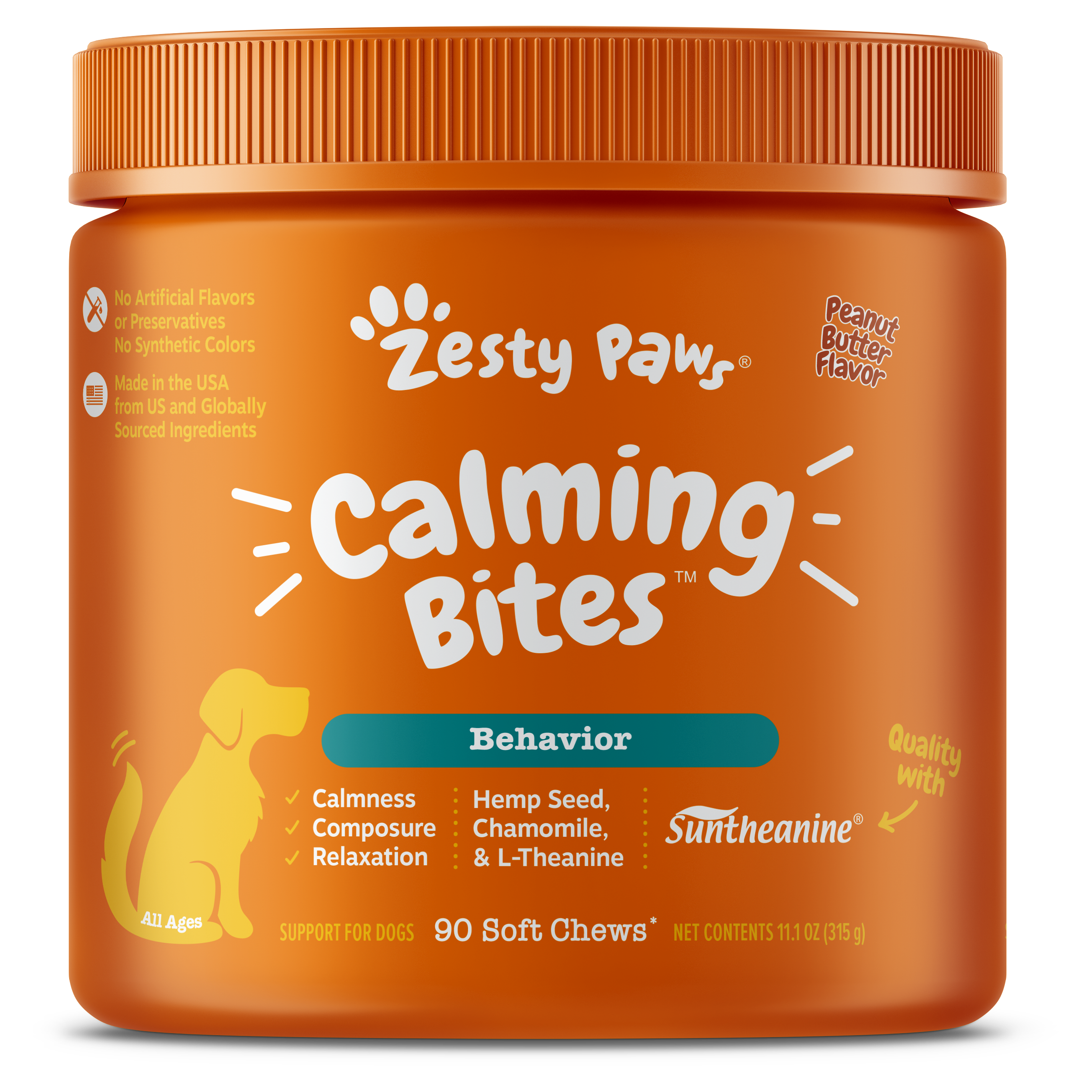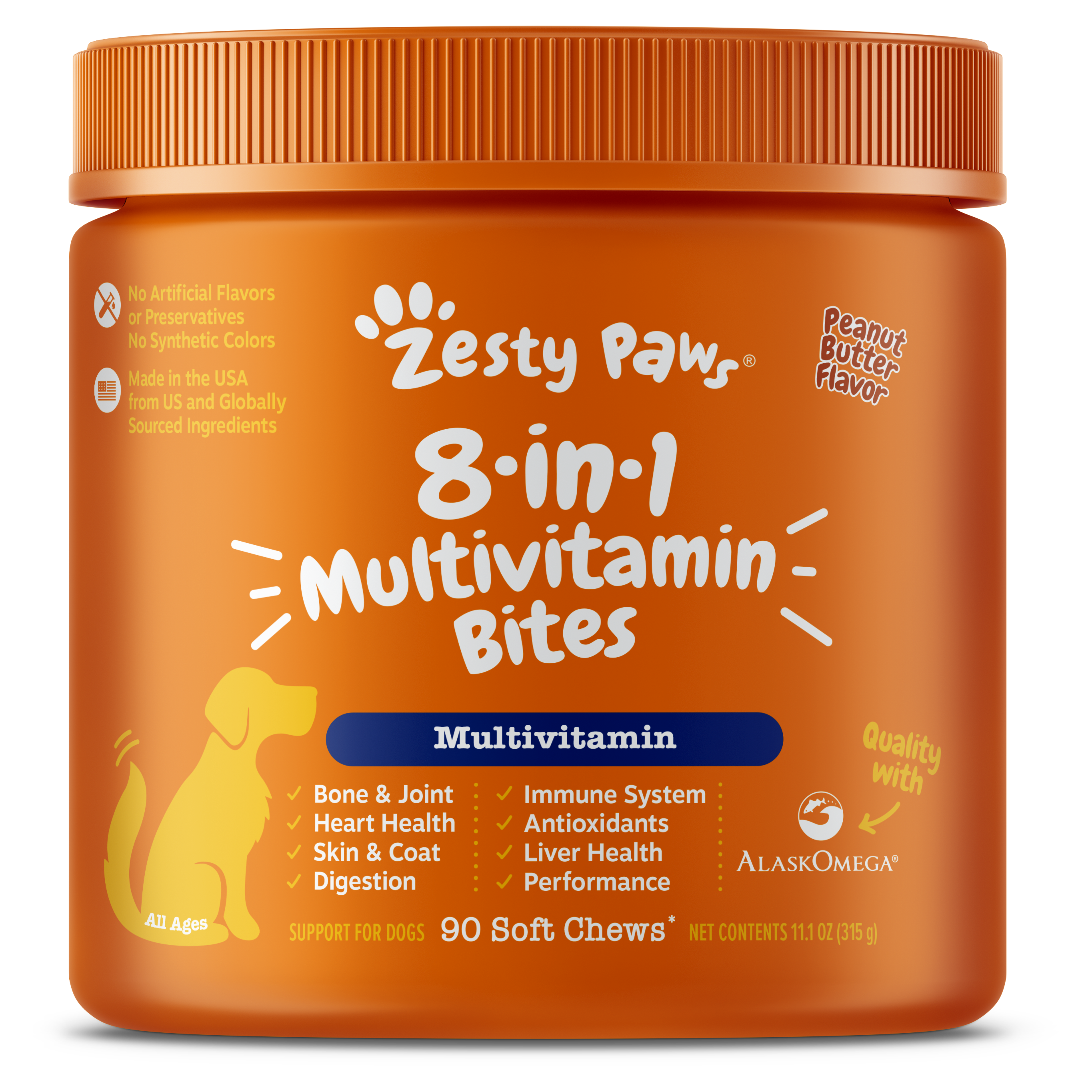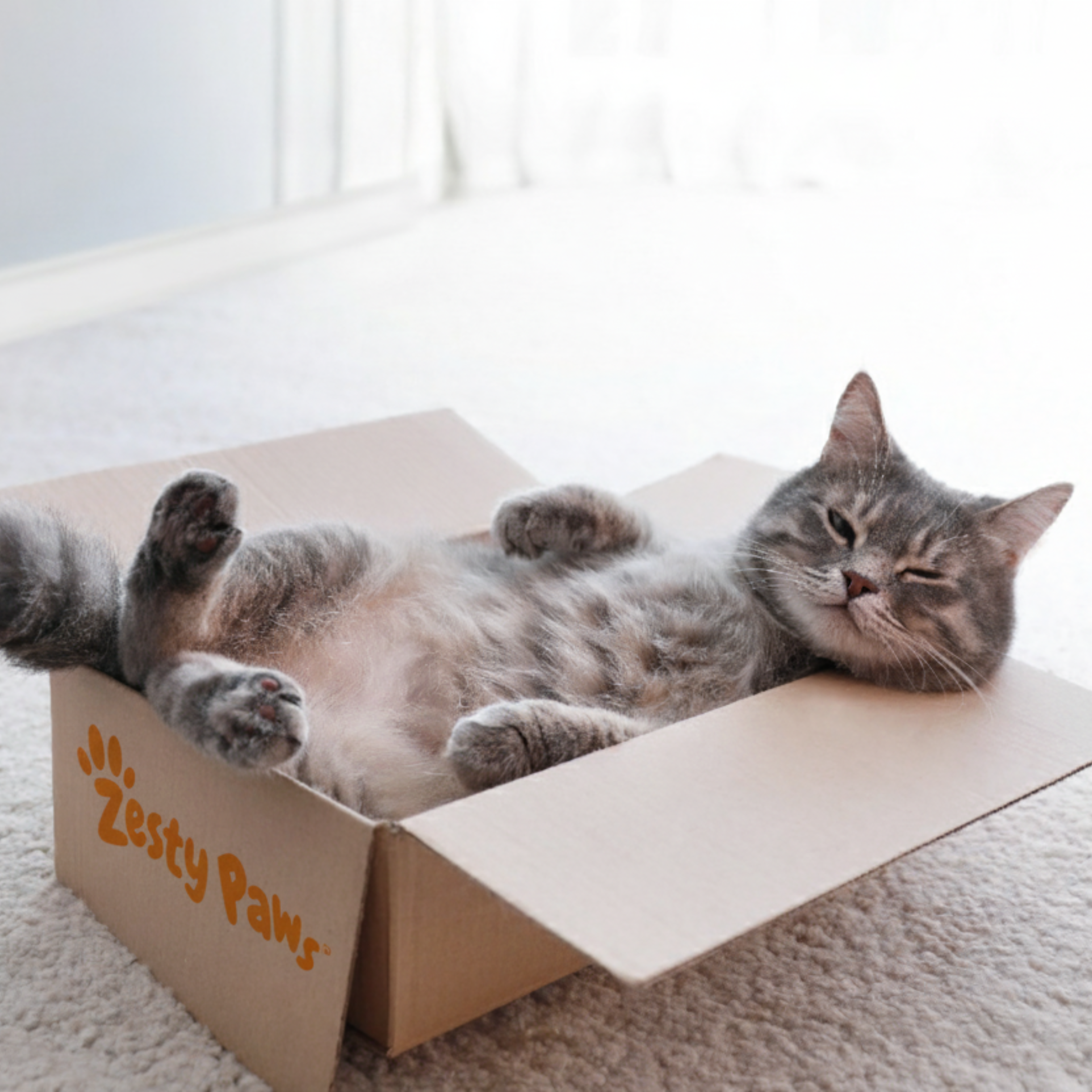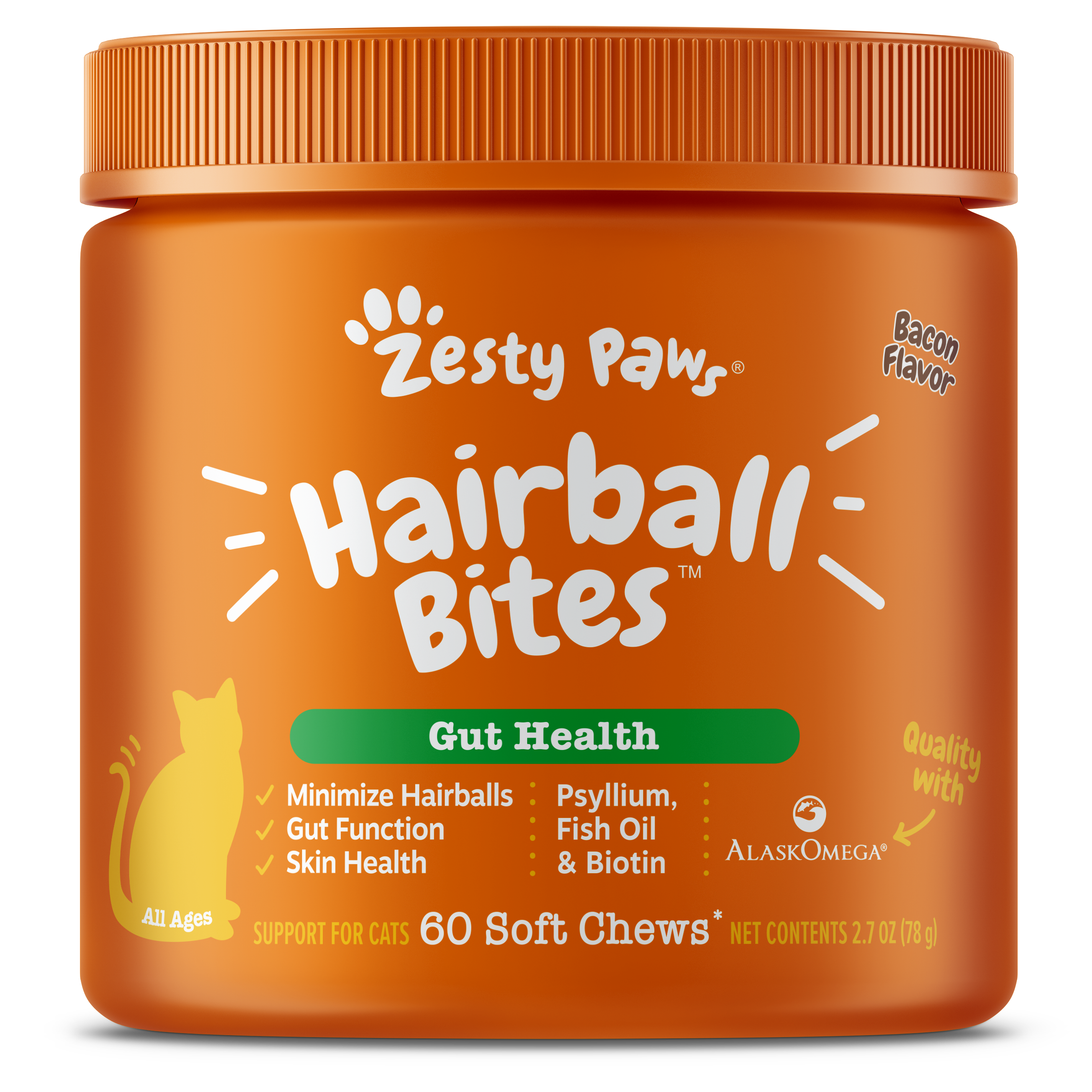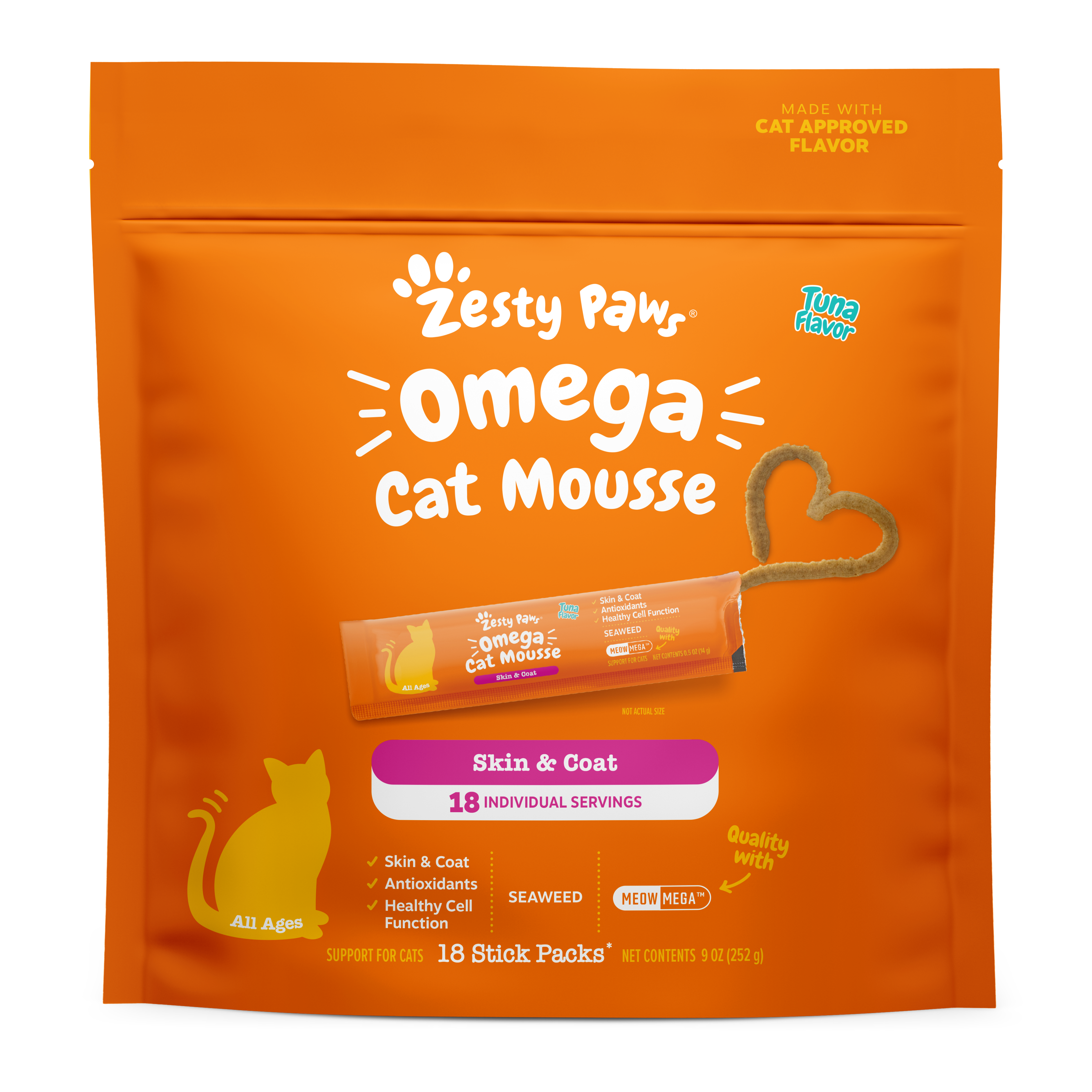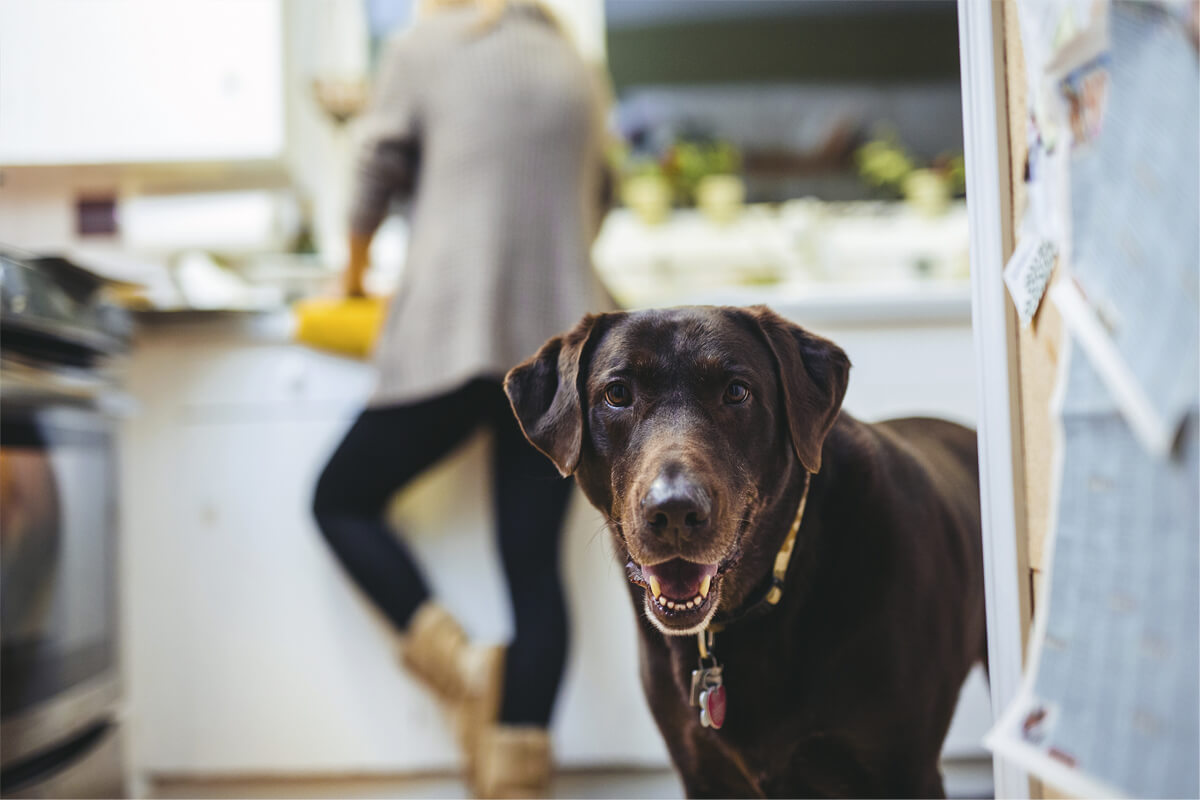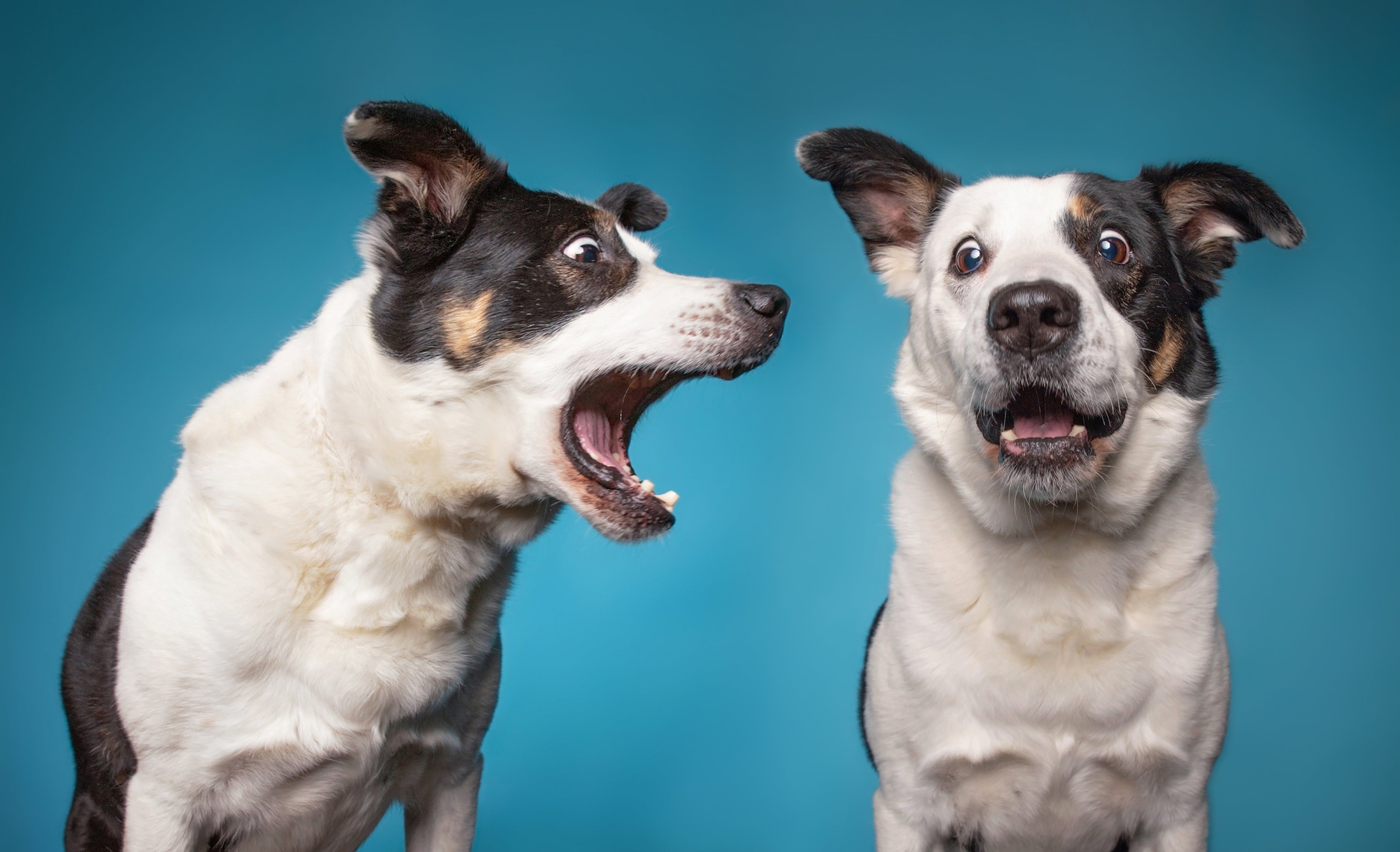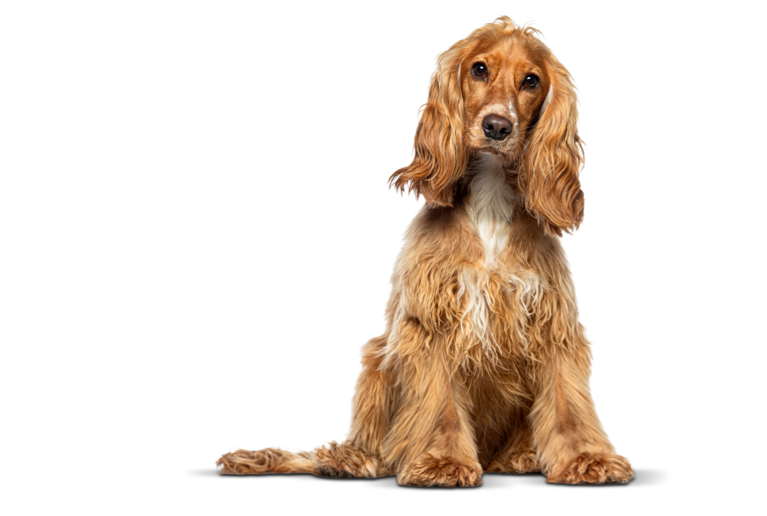
Having a dog in your life often means having a front-row seat to some adorable, hilarious, and peculiar behaviors.
But, what about some of the not-so cute ones?
Here are a few common, not-so lovable behaviors that might ring a bell, plus a few ideas as to what you can do about them. Let's begin!
The Chew-lympics: How Do I Stop My Dog from Chewing My Stuff?
Your good work shoes! Your favorite socks! Your couch! Your pillows! Your... walls?!
Yes. All of those things (and more) are fair game for pups with an affinity for chewing. Whether you have a teething puppy or a bored or stressed adult dog, chewing is a relatively common challenge for dog parents. But, what gives?
Well, when puppies start growing their chompers, their sore gums sometimes need some soothing, and chewing is just the thing. So, we recommend giving your pup some pup-friendly chew toys that can't be swallowed or broken into pieces with enough force, while also moving your possessions out of reach until they learn what doesn't belong to them.
Dealing with a full-grown chewer? Maybe your dog doesn’t have enough to do or they can’t stay relaxed, so chewing might be how your canine companion finds relief! So, make sure they get plenty of physical and mental stimulation each day. Keep safe chew toys where he can find them. For instance, treat-release ball toys are another fun way to give your pooch a project to distract them from sniffing around.
Lastly, whether you have a pup or adult dog, a little spray can go a long way. Using a high-quality chew spray may help to deter their taste for household items. A bitter flavor is not so nice, so your pup might just think twice!
Scoot-Scooting Away: How Do I Stop My Dog from Scooting?
When your dog lifts both back paws and scoots their cute little butt across the floor, it may actually mean that they need your help.
If it only happens once in a while, this comical butt crawl may be nothing more than a harmless itch. But if you’re noticing it regularly, it could be the sign of a larger issue. Start by finding a gentle way to lift up their tail and check for signs of irritation. If you notice anything that doesn’t look normal, have your vet take a look.
One thing your vet will check is their anal sacs — the two little glands on either side of the anus. These glands usually fill with a fluid that normally will empty when your dog poops, making elimination easier and helping your dog leave behind a distinctive marker for other dogs to sniff out.
But, if those ducts get clogged or impacted, their glands will get uncomfortably full, and that’s when you’ll find your dog scooting across the floor, trying to make their bottom feel better.
Besides helping Fido keep things neat and tidy back there and making sure he’s getting a balanced diet, you may want to consider a supplement that supports gut health and normal bowel movement to help your pup when nature calls.

Yucky Backyard Cuisine: How Do I Stop My Dog from Eating Poop?
As a dog lover, you’ve probably seen — or smelled or cleaned up — it all, but you still may want to set down your snack while we cover this next topic.
The cool sciency name is coprophagia, but that’s just a fancy way of saying that Fido eats poop. Or someone else’s poop. He may not be picky in this department.
No one likes to discuss stool eating, but it’s not necessarily because it’s uncommon. In fact, many dogs have attempted to eat stool at least once. It's just that some are more drawn to stool eating than others.
But, why? Sometimes, it’s instinctual. Mother dogs clean their pups all over and not with a washcloth. Sometimes puppies will do this too and just not grow out of it. Or, some dogs may not digest their food well enough, so they are drawn to their stool (or other dogs' stool).
This is where a veterinarian comes in handy to help identify the root cause(s) of your dog's stool eating, but it's also an opportunity to try a supplement with ingredients that may help to make stool even less enticing, while also supporting their tummy health.
The OTHER "Zoom" Meetings: How Do I Stop My Dog from Getting Zoomies?
It may start with a bath, or one of those cute play bows they do when they're about to be silly. Or, it could just be the opening of a crate or a door that triggers the sudden, wild bursts of energy called Frenetic Random Activity Periods (FRAPs), but more commonly known as zoomies.
Usually lasting no more than a minute or two, zoomies are a normal release of pent-up energy. If your dog hasn't had a chance to burn off energy for a while, they're off to the races!
On their own, zoomies aren’t dangerous, though make sure they’re done in a safe place — away from stairs and heights, slick surfaces and roads. It’s best not to chase a zooming dog, either. Try calling him back with a treat or toy, or even taking them to a local dog park to let loose.
If you notice more frequent bouts of zoomies, it can't hurt to consult your vet to see if hyperactivity could be at play. To keep them calm and relaxed, you should also consider trying out a calming supplement for dogs, too.
Or, you can reach out to us! If you have any comments, tips of your own, or questions about supplements, tell us below! You can also reach out to us at (800)-940-1972 or bark@zestypaws.com.

